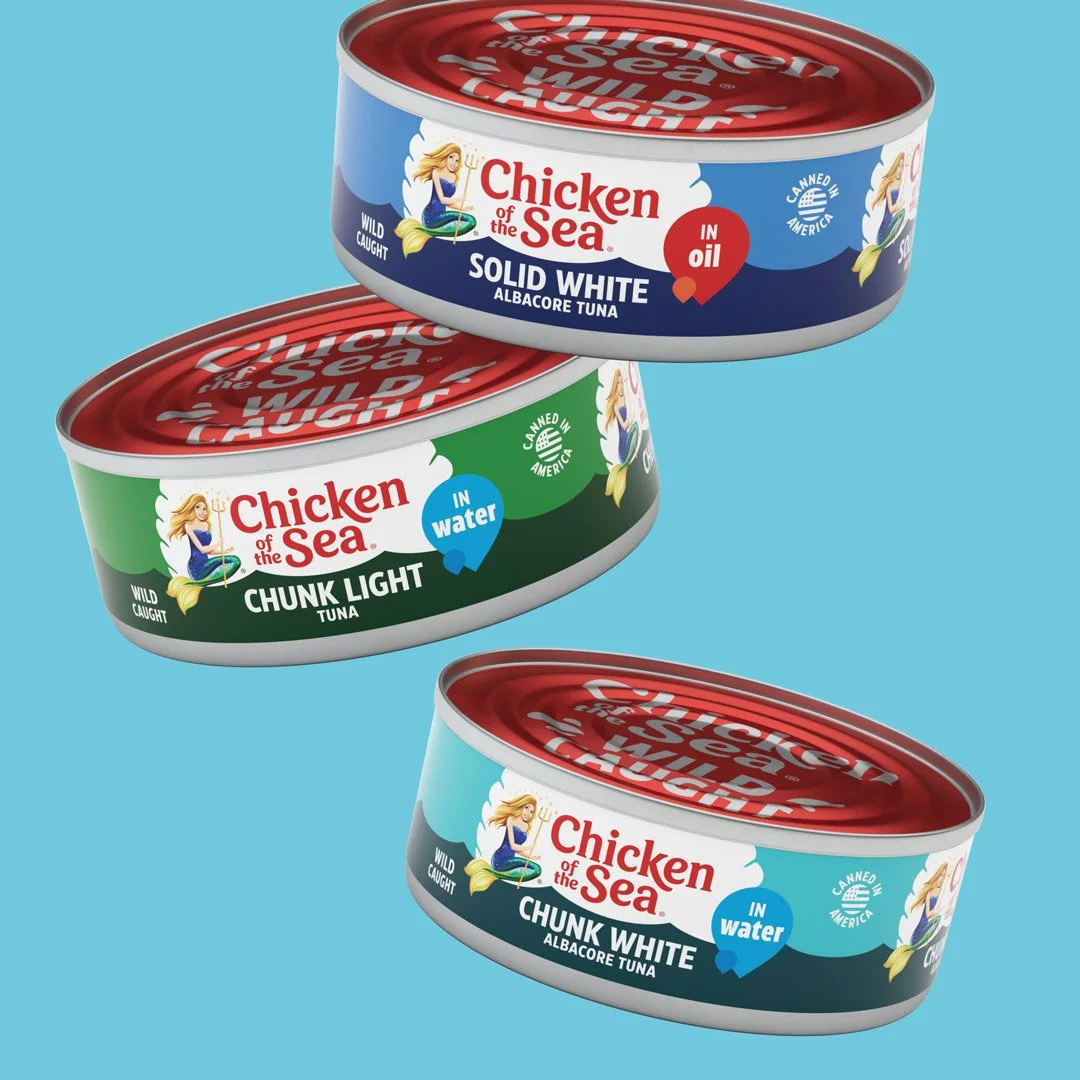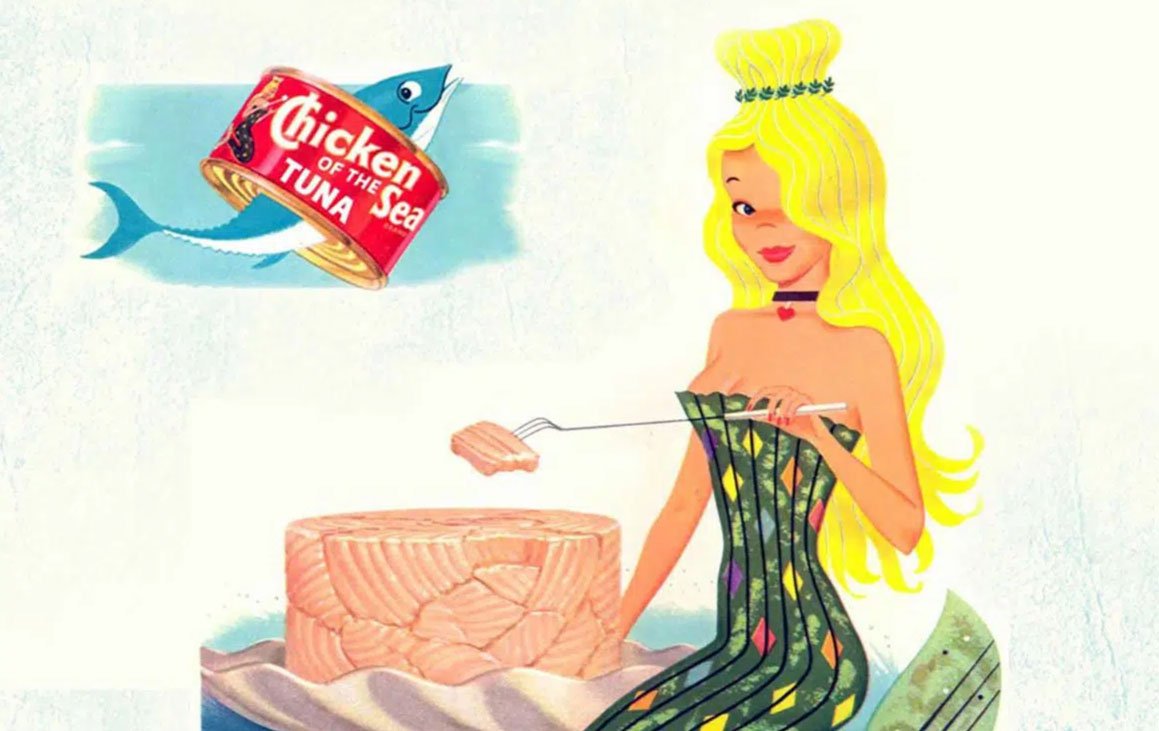Whether brand or agency, CMO or agency team, the choice is always the same.
You either break the mold or grow mold.
Breaking the mold gives your marketing dollars far more power (staying power included) than growing it.
Witness Chick-fil-A, Apple, Nike, Porsche, Dove, Heinken or The Economist. Versus those who basically grow the same moldy cheese that plagues their category. Whether it’s Fast Food, Beverage, Medical, Cellular, Perfume, Fashion or Finance. B2B or B2C.
The come-from-behind brands, however, have nothing to lose. Outspent, they exercise the power of smart, differentiating, creativity. Not just in advertising, but throughout their companies.
Case in point: the cows Chick-fil-A rode to growth and fame while, unlike all competitors, they remain customer service and quality food focused, closed on Sunday and lead their communities in food donations to worthy causes. All customer values inherent throughout their organization. Everything they do breaks an industry mold. Right down to cows selling chicken to save themselves.
In a previous agency, we pitched a strong regional bank and won by showing the spreading mold of the financial sector. Our presentation rested on a 3-minute video of competitive commercials plus one of theirs, but we switched announcer tracks and logos with the other spots.
Not only did they all feel and look the same, but the announcer tracks fit like a glove. Even the closing theme line remained true. Then we presented what otherwise would have been considered a very risky idea.
“We’re here to put a dent in the universe,” Steve Jobs believed. “Otherwise, why else even be here?”.
So together, as a team clearly seeing the reward to what some may feel is too risky, we either break the mold or grow more of it.
And with an open, trusting and mutually respectful client-agency relationship, you’ll hear the dent in the universe – the breaking of the mold - for decades to come.






















